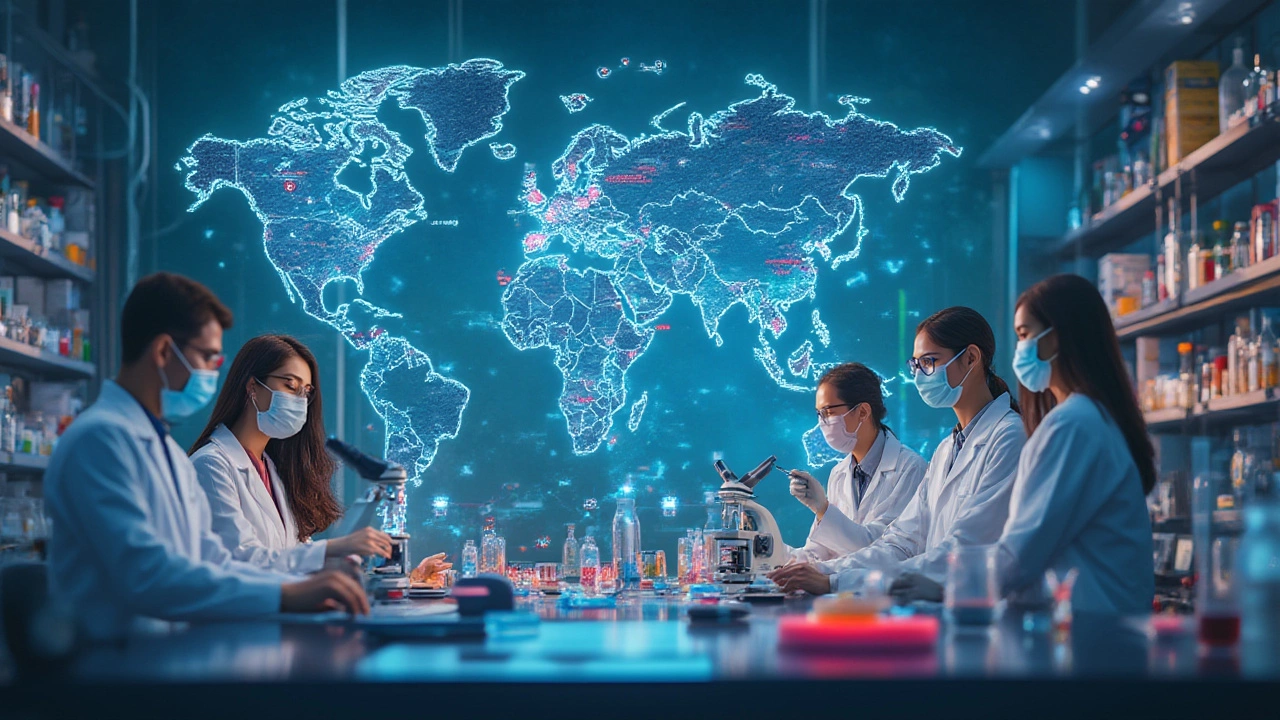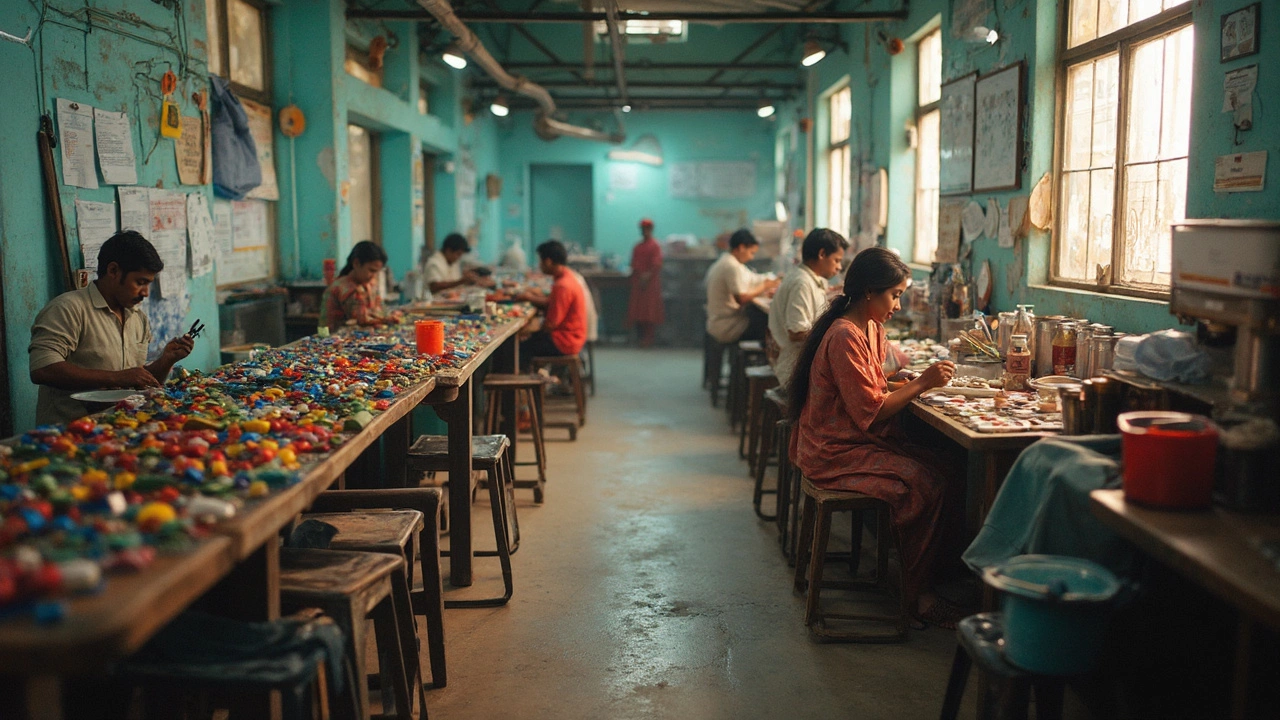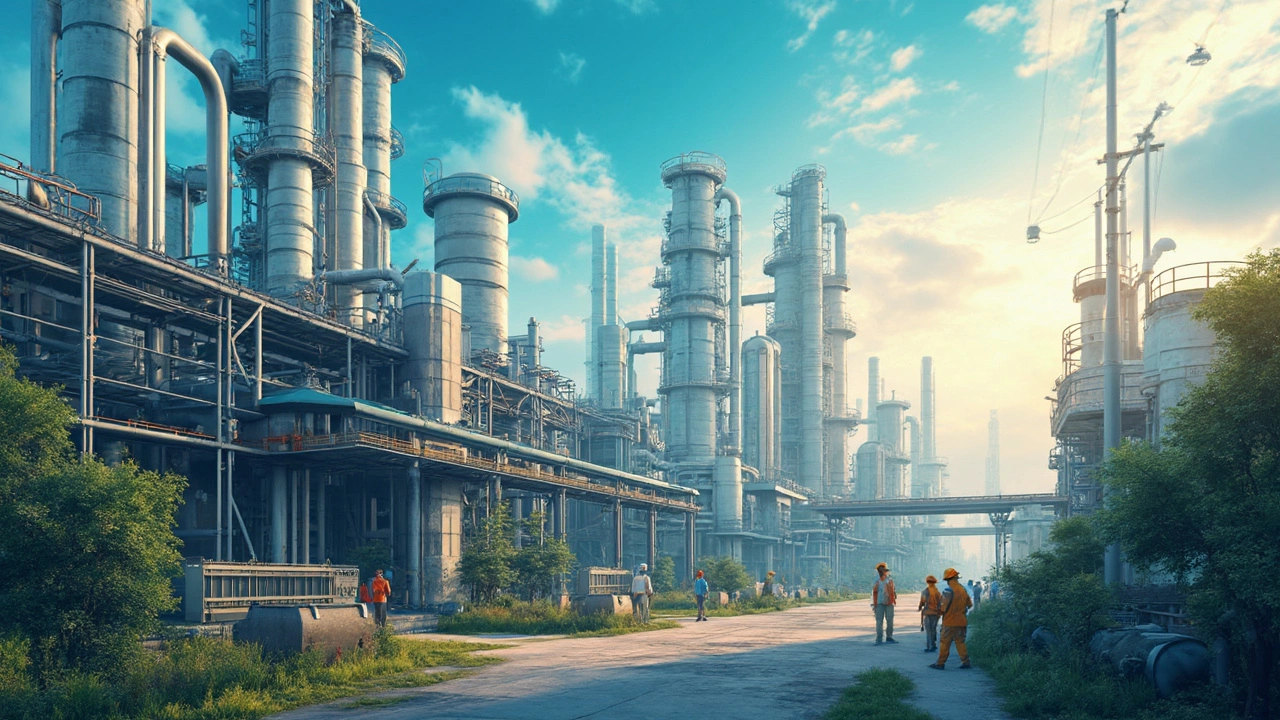Pharmaceutical Manufacturing: Insights, Innovations, and Industry Basics
When working with pharmaceutical manufacturing, the process of turning raw chemicals into safe, effective medicines at scale. Also known as pharma production, it sits at the crossroads of science, engineering, and regulation. Good Manufacturing Practices, a set of quality standards that ensure consistency and safety in every batch are the rulebook that keeps the industry trustworthy. Active Pharmaceutical Ingredients, the chemically active part of a drug that produces the intended effect are handled in highly controlled environments because any impurity can affect patient health. Together, these elements form a tightly knit system where pharmaceutical manufacturing isn’t just about mixing chemicals—it’s about delivering reliable health solutions.
Key Pillars That Shape the Industry
One of the biggest drivers is regulatory compliance, the legal framework that defines what can be produced, how, and where it can be sold. Regulatory bodies dictate everything from facility design to batch release, so companies must stay ahead of rule changes to avoid costly shutdowns. This compliance influences pharmaceutical manufacturing by forcing firms to invest in advanced monitoring tools and robust documentation. Another pillar is drug formulation, the art of combining APIs with excipients to create stable, deliverable dosage forms. Formulation engineers decide whether a medicine becomes a tablet, injection, or inhaler, and each choice impacts manufacturing steps, equipment needs, and market reach. Quality control labs then test every intermediate and final product, ensuring the finished drug meets potency, purity, and safety specs before it reaches patients.
These entities don’t operate in isolation. Pharmaceutical manufacturing encompasses drug formulation, while regulatory compliance drives the adoption of Good Manufacturing Practices. Quality control ensures that active pharmaceutical ingredients remain within tight limits, and the whole system relies on continuous innovation to stay competitive. For example, the rise of biopharma has added new layers of complexity: biologics need sterile environments, cold chain logistics, and specialized purification steps that differ from traditional small‑molecule drugs. Companies that blend robust GMP with agile R&D pipelines can launch products faster, capture market share, and meet the ever‑tightening safety expectations of regulators and patients alike.
Below, you’ll find a curated set of articles that dive deeper into each of these areas. From practical guides on maintaining GMP standards in Indian factories to case studies on API sourcing challenges, the collection gives you a real‑world feel for how pharmaceutical manufacturing operates today. Whether you’re a plant manager, a quality analyst, or just curious about how medicines are made, the posts ahead provide actionable insights, data‑backed trends, and clear explanations to help you navigate this critical industry.
Top Pharmaceutical Producing Countries and Global Pharma Industry Leaders
Explore which country is the largest producer of pharmaceuticals, how global pharma production works, and what sets industry leaders apart today.
- manufacturing
- India
- food processing
- garden tips
- rice cultivation
- government schemes
- balcony garden
- urban gardening
- balcony gardening
- profitable business
- business ideas
- plastic manufacturing
- drip irrigation
- plant care
- steel manufacturing
- sustainable gardening
- startup ideas
- steel industry
- flower gardening
- textile manufacturers






